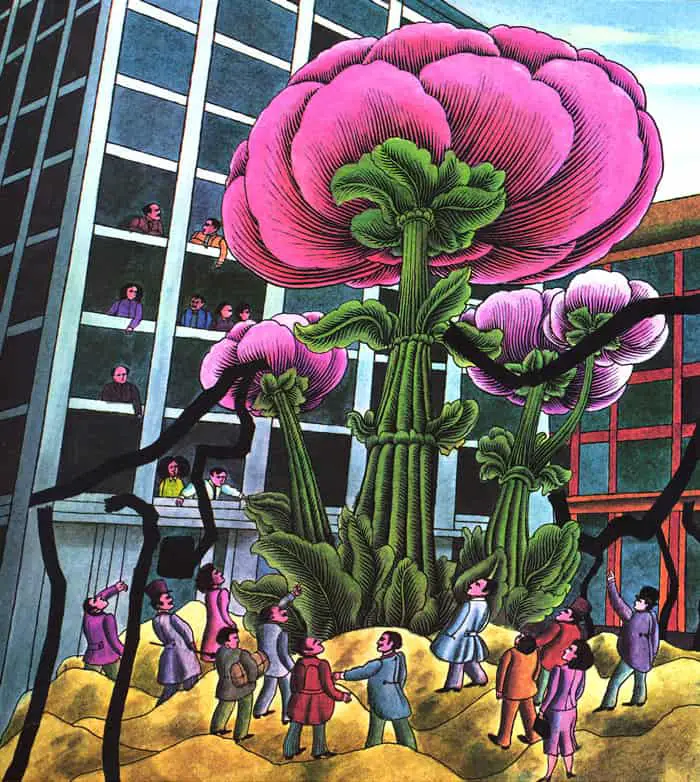“Purple Blooms” is a short story by American-born Canadian writer Carol Shields (1935 – 2003), included in the collection Various Miracles (1985).
This short story showcases how different the lyrical short form can be from the novel. For one thing, “Purple Blooms” doesn’t seem to have a typical ending. Look closer, and that’s because the plot is an unusual shape: Cumulative. Another short story with a cumulative plot shape is “The Fifth Story” by Clarice Lispector, though Lispector’s story is more obviously so. In a cumulative story the author keeps circling around a topic, enlarging it with each revisit.
Sometimes, the shape of a lyrical short story echoes its symbol web. In this case, I feel the shape of the story continues the motif of ‘blooming’. The ‘purple bloom’ of the title is a verb as well as a noun; to bloom is to start small and then, well, blossom. That’s how it feels to read a short story shaped in this fashion. This plot shape is especially well-suited to the short form. The shorter the better, probably. Adult readers have limited patience for revisiting something over and over. (In contrast, the cumulative plot shape is far more common in picture books. Young children seem to require repetition; it helps them to learn language and to understand their world.)
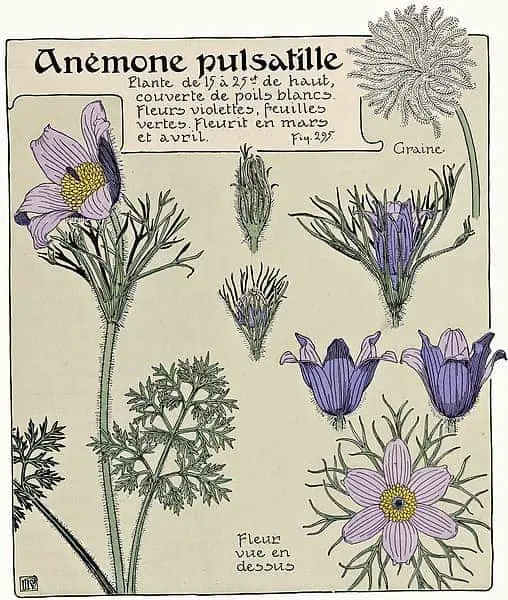
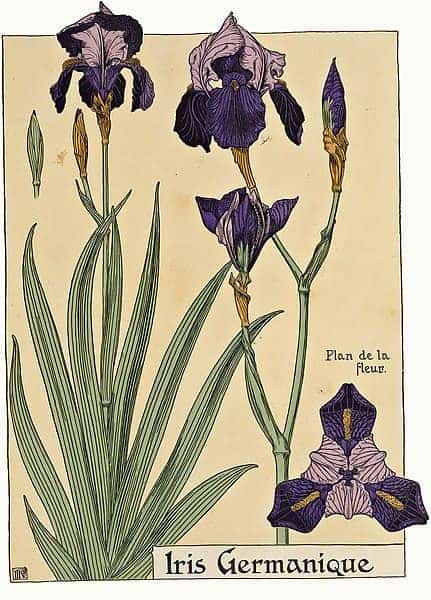
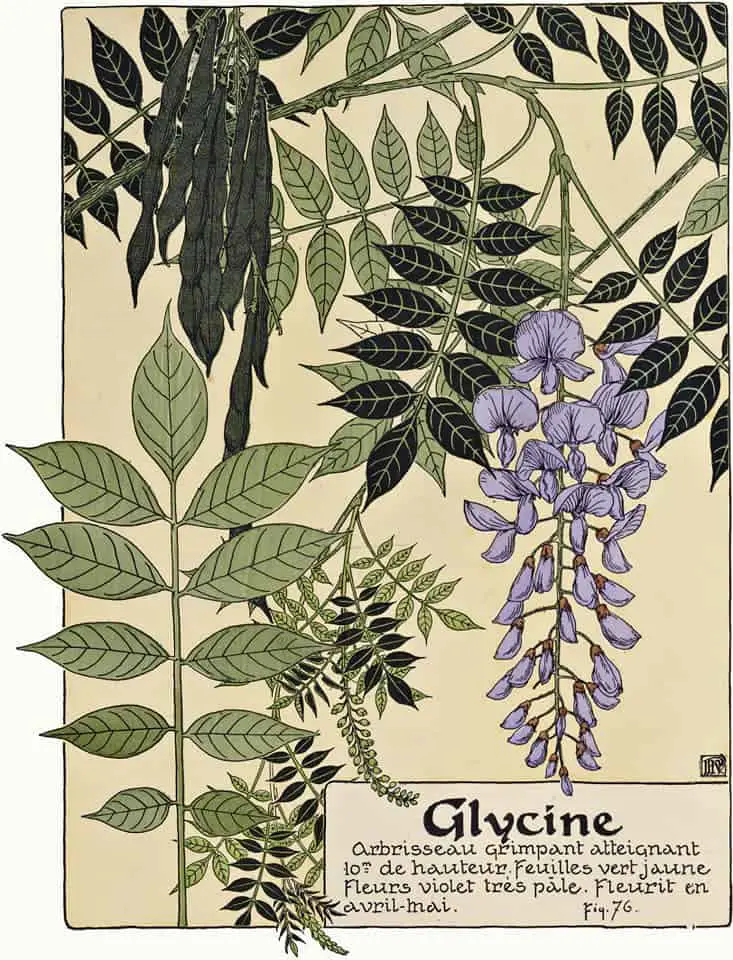
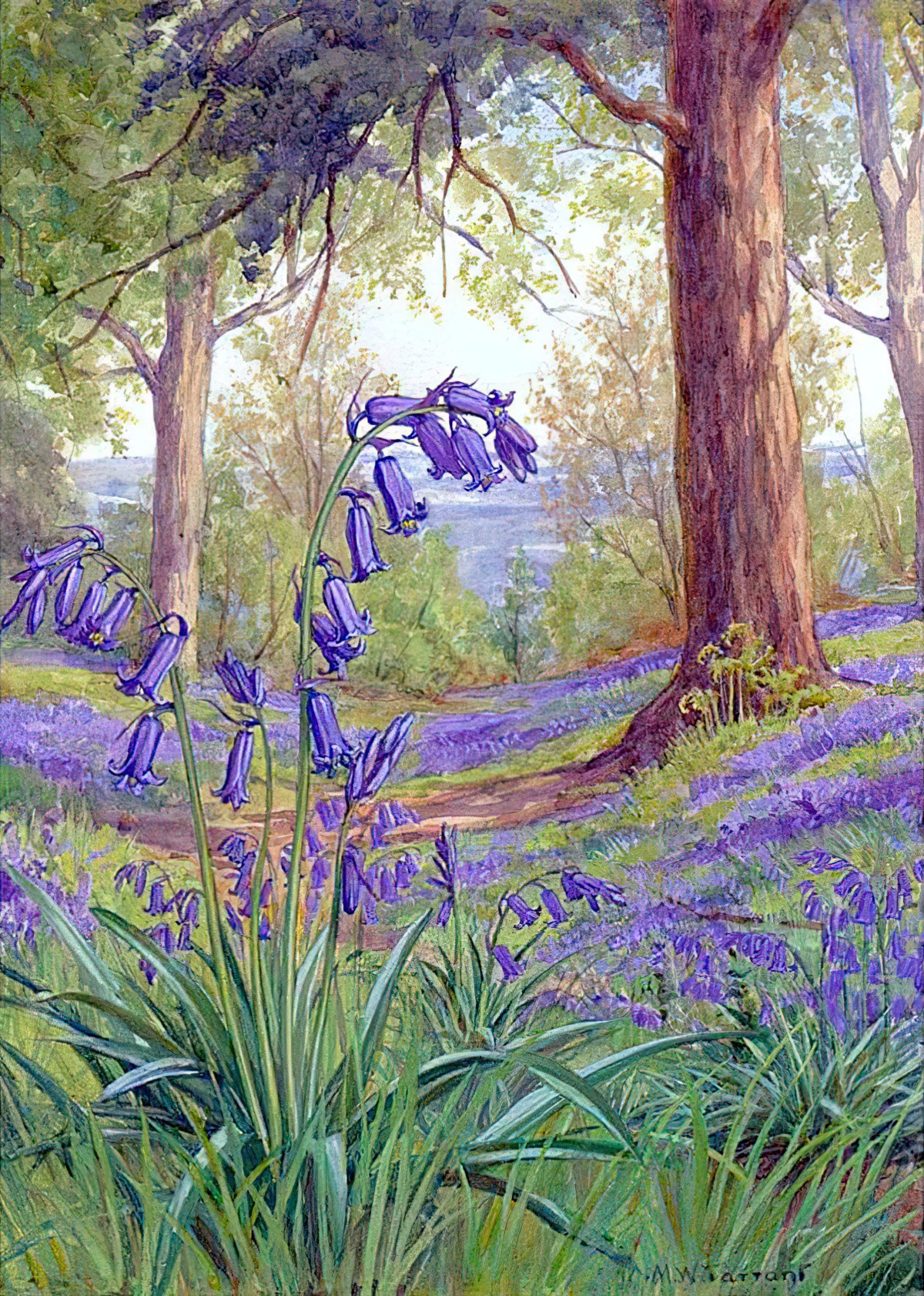
STORY STRUCTURE OF PURPLE BLOOMS
How to spot a cumulative plot structure? You’ll find repeated phrases or paragraphs, functioning like choruses of a song. Here is the passage which repeats over the course of “Purple Blooms”, starting in the opening paragraph:
The book is entitled Purple Blooms and it is said to resolve certain perplexing memories of the poet’s childhoood.
These poems are about the poet’s past… Valeso is attempting to make sense of certain curious family scenes that have lingered in his memory.
This poet … is attempting to recall certain early scenes that bloomed mysteriously and darkly like flowers, and that he now wants to come to terms with.
Purple Blooms
Ironically, the most ‘flowery’ description (the last one) is wasted on the least receptive character in the story. This is how commentators often write about fiction. I do it right here at this blog, in this very post. Carol Shields is partly poking fun at us, but she’s also pointing out that works of art have multiple layers, and that certain people in life are completely unwilling to look beneath the surface, possibly because they’re afraid of what it might reveal.
PARATEXT
”Purple Blooms” turns on nothing more than the narrator’s gift of the same book of poems to three skeptical, emotionally needy people.
from the startlingly dismissive New York Times review of Various Miracles
SHORTCOMING
The story opens with a Mexican poet by the name of Mario Valeso, and we might expect the story to be about him via a viewpoint narrator. In fact, the poet never makes it onto the page. This story is going to be about a community of his readers. This isn’t a story about the famous guy (who already gets plenty of attention), but about the people who don’t normally make story fodder, on the assumption their lives aren’t sufficiently interesting, their pursuits not sufficiently groundbreaking.
You might almost say the introduction of Mario Valeso is a McGuffin. What follows: three thumbnail character sketches of three types of poetry readers, with nothing in common except their connection to the narrator who has been handing out copies of this book. Each character sketch is self-contained, complete work of microfiction.
Her friend Shana. Shortcoming: Though Shana has every privilege, everything makes her sad.
Her lover Edward: Overshadowed by the commercial success of a parent. In his favour, this situation has allowed him to learn to be his own person, which is proving problematic for the narrator in this particular story, in which she wishes him to do something to please her, not necessarily himself.
Her mother: Has retreated from the world, and literally watches life via an upstairs window. In a comically ridiculous backstory, she is the former Turkey Queen in some small town decades ago and spends precious money housing her dress of feathers even though she can’t afford life-improving basics such as a movie or newspapers. Her ‘view’ on the world is about as narrow as it can get.
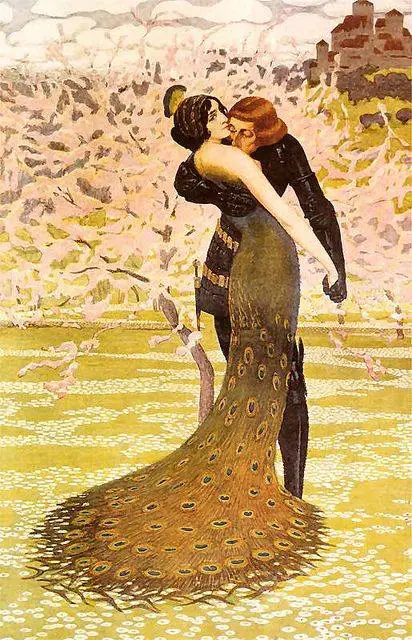
The main character of this story is the narrator. She’s not gendered on the page, but she is clearly femme. It is the main character who has the realisation in this story; the people close to her are comically unwilling to change. (That, in itself, will be part of her realisation.)
DESIRE
Shana: Finds comfort and beauty in cultivating sadness.
Edward: Is more interested in physical pleasures than pleasures of the mind.
Mother: The narrator daughter wishes her mother would expand her horizons. She’s not dead yet.
OPPONENT
Shana: The creepy Toby jugs left to her in her mother’s will.
Edward: The narrator, who wants him to read a book he does not want to read.
Mother: The mother is combatative, and refuses any attempts at introducing new perspectives.
PLAN
Shana: To leave the sad book of poems on her coffee table along with other items which make her sad. This will remind her she is sad.
Edward: To pacify the narrator by telling her he’ll read it later, or on summer holidays (by which time she’ll probably have forgotten to ask him about it).
Mother: The plan comes entirely from the narrator, who wishes for her mother to at least read a book of poems.
THE BIG STRUGGLE
Shana: The struggle Shana has is with inanimate objects, which makes for a darkly funny anti-Battle.
Edward: There’s an uncomfortable moment between Edward and the narrator as the narrator pushes back against Edward’s reluctance to read this book of poems. Shield’s encapuslates the moment perfectly:
For a minute we were pitched straight into one of those little arched silences that lean inward on their own symmetry as though no exterior force existed. Edward took my hand sweetly, then rubbed his thumb across the inside of my wrist, but I noticed he did not promise me anything, and that made me uneasy.
Purple Blooms
Mother: Indicates with body language that she’d like her daughter to leave.
ANAGNORISIS
Shana: The narrator realises she’s not going to actually read the poems, just leave the book unopened and never be changed by the words.
Edward: The narrator realises her lover has no plans to read a book of poetry which is important to her.
Mother: The narrator realises she’s never going to get her mother to do anything new. Leaving without further argument seems to mirror an emotional leaving as well as a physical one.
The narrator now goes to the park, where she pieces all three interactions together. Notice how the narrator describes the park in glowing terms. The only thing wrong with it: this normally quiet space for reflection is filled with people.
Later that afternoon I find myself in the park. Almost everyone knows about the very fine little park at 16th and Ossington—a gem of a park with a wide gravel path and a sprightly round-headed magnolia and smooth painted benches by the side of a bowling green. A cool, quiet place to sit and read, but today it is filled with people.
Purple Blooms
Transferring this slight annoyance, the narrator must realise that other people are over-filling her own head. What she needs is space for her own passions. She doesn’t need to worry about all these other people in her life, each with their own problems (or not). I believe the story now switches (seamlessly) to an imagined sequence, in which (by complete coincidence, otherwise) all these people, including those she just gifted the book, are there to see her favourite Mexican poet.
The poet is signing under a magnolia tree. The magnolia is unusual for flowering only once every seven years, if that. This tree is therefore associated with waiting and longing and unfulfilled desires. Perhaps the magnolia tree is part of the symbol web.
When the narrator’s best friend and lover turn up arm and arm, I’m wondering if the narrator has made a different, unwelcome connection. Perhaps I’m influenced by recalling Katherine Mansfield’s “Bliss” at this point, also featuring an epiphany around a tree (a pear tree, in that case). Is Edward, previously described as ‘attentive to the least sexual breeze’ having an affair with the narrator’s beautiful, sad friend?
It’s possible, but I code this as a fleeting thought which simply crosses the narrator’s mind — a repressed anxiety that issues forth after the realisation that neither of these people are interested in reading the narrator’s favourite book of poetry. She extrapolates that they may have far more in common than their shared desire to not read it.
And what of the purple symbolism which runs through this story? The colour purple is often connected to romance. (Also to royalty and various other things.) Shields makes frequent reference to lilac- and purple-coloured things. Purple can also connote ‘excess’ (a la ‘purple prose’). The title of this fictional poet’s book Purple Blooms, which we are told repeatedly is not about literal flowers, feels like a wry commentary on so many lyrical, literary works which could offer much to the careful reader, but will naturally repel most people, for their insistence upon reading everything at a surface level. “And who can blame them?” Shields also seems to ask.
Knowingly ironic, then, that this metafictive, lyrical short story with an experimental plot shape is itself one such story, itself titled “Purple Blooms”.
NEW SITUATION
Clearly, none of the narrator’s three closest people want to read the book she gifts them, and Carol Shields builds the tension starting with the friend who passively uses the gift as a coffee table book, moving to the lover who refuses to promise he’ll read it, concluding with the mother who outright says she won’t. Each of these people is closer to the narrator’s inner circle and manages to wound her more deeply until the narrator even imagines her best friend and lover are having an affair without her.
EXTRAPOLATED ENDING
Commentators have been fascinated by short story endings for decades and various taxonomies have been suggested. Per Winther emphasises that narrative closure is not necessarily the same as thematic or ideational closure, and quotes Simone Vauthier, who explains the ending of “Purple Blooms” like this:
An example of [an encapsulated] closure occurs in Carol Shields’ story “Purple Blooms.” Simone Vauthier says of Shields’s ending that “closure is enacted in the process of disappearance“. The first-person narrator is waiting in line in a park to have a copy of the book Purple Blooms signed by its fictional author. As she is waiting, she begins to read a different book of poetry, gradually forgetting the people around her. The last sentence of the story reads, “The bowling green fades into dimness, as do the benches and the magnolia tree and the gravel path, until all that’s left is a page of print, a line of type, a word, a dot of ink, a shadow on the retina that is no bigger, I believe, than the smallest violet in the woods.” The process of disappearance is rendered in terms that bring to mind a camera zooming in, “first in the (fictive) outside world, then in the fictive reader’s eye, where the system of visual signs that make up the printed page shrinks to a single line, a dot, and lastly, a shadow” on the narrator’s retina.
Per Winther, Closure and Preclosure as Narrative Grid in Short Story Analysis, from The Art of Brevity edited by Charles May
The narrator has learned that this book is important to herself, and to various other readers in the world, but not to the people who happen to be closer to her. Also, is it really such a gift to give something you love yourself, with no thought to whether they might like it? Isn’t that solipsistic, however well-intended?
When the narrative camera pulls out, this is the narrator psychically distancing herself from the people closest to her. I predict she will now be less imperative about asking her closest people to investigate things she loves, lest they fail to share her enthusiasm, leading to gift-givers’ disappointment.
Pulling back from her closest people will probably go further than ‘avoiding book gifts’. I predict the narrator will care less about encouraging her mother to get out and about, resigned to the fact that her mother has her own life, and if she wants to view it from the upstairs window, that’s her business. If her best friend wants to be sad, let her. If Edward doesn’t share every one of her passions, despite them loving each other, that’s fine, too.
RESONANCE
Learning the people closest to you aren’t necessarily going to share your passions is a developmental stage. As teenagers we often group ourselves according to passions, and we can even go so far as to pretend we’re interested in things we are not in order to fit in with a group. As we get older, we learn that shared values are more important than shared reading material (etc.).
Women often have an extra lesson to learn, because women are enculturated to believe they are responsible for other people’s comfort and happiness. Sometimes that tips over from care and accommodation into control, and however much impact this tendency has on others, it always impacts the woman herself. She has less mental energy to think about herself.
To realise you’re wasting your mental energy on unreceptive people is part of this woman’s ‘blooming’ into the world.
Header illustration: Alain Le Foll, The Very Obliging Flowers, 1968
